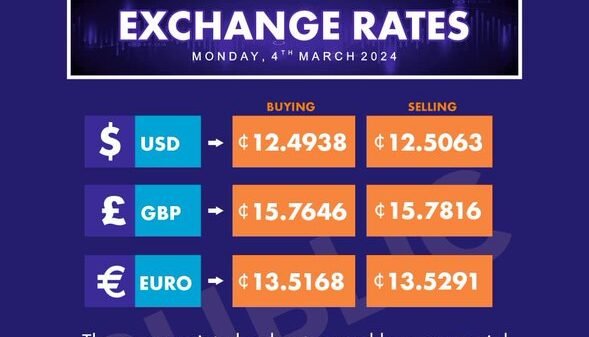The COVID-19 pandemic has given us a sneak peek into how working from home changes electricity demand and what that might mean for Americans’ utility bills. The picture it’s painted so far isn’t very pretty, particularly for anyone who’s already struggling to meet their needs.
The transition to remote work is changing our energy system in ways that could worsen racial and economic inequities in the US. Working from home shifts energy costs from employers to workers. That burden is bigger for people who live in older, less efficient homes.
“I was either freezing in my house in the winter and trying to work from the kitchen or burning in my house in the summer,” Destenie Nock, an assistant professor of engineering and public policy at Carnegie Mellon University, tells The Verge. She lives in a century-old home in Pittsburgh that she says isn’t as well-insulated as newer construction, which became more obvious as she worked from home after the pandemic struck in 2020.
Then in the summer, she learned that a neighbor fainted in her home during a heat spell. The air conditioner was broken, and the neighbor didn’t have the funds at the time to fix it. “It was a really clear connection to how lack of energy use can lead to really important health outcomes,” says Nock, who is also the director of the Energy, Equity and Sustainability (EES) Group at Carnegie Mellon.
HOW LOCKDOWNS AFFECT ENERGY USE
Nock and a team of researchers set out to study how pandemic-induced lockdowns affect the way people use electricity in their homes. Once-predictable patterns have changed, they found. And those changes have already had disparate impacts on people based on race and income. Some of those problems could persist if working from home is here to stay.
Nock and her fellow researchers analyzed smart meter data from thousands of homes and businesses in Arizona and Illinois — two states representative of hotter and colder regions in the US — for January 2019 through April 2020. While offices and other commercial buildings shut down and used less electricity during the pandemic, they found that residential electricity use ticked up by around 5 percent as many people spent more time in their homes. Collectively, Americans paid $6 billion more on their home electricity bills from April to July 2020 than they would have before pandemic lockdowns, a separate study by the National Bureau of Economic Research found.
Low-income households and communities of color saw the greatest increase in electricity consumption, Nock and her co-authors found in their research. In Arizona, where the disparities were starker, electricity use jumped up by nearly 10 percent for low-income, non-white people — twice the increase in residential electricity consumption overall.
One likely explanation is that people with less money tend to live in older housing, with worse insulation, less-efficient heating and cooling systems, and older, more energy-hungry appliances. All that translates into higher electricity bills.
“We know that it’s very expensive to be poor,” Nock says “You’re going to be needing a lot more energy consumption to achieve the same standard of living as your more wealthy counterparts.”
Source: The Verge
























